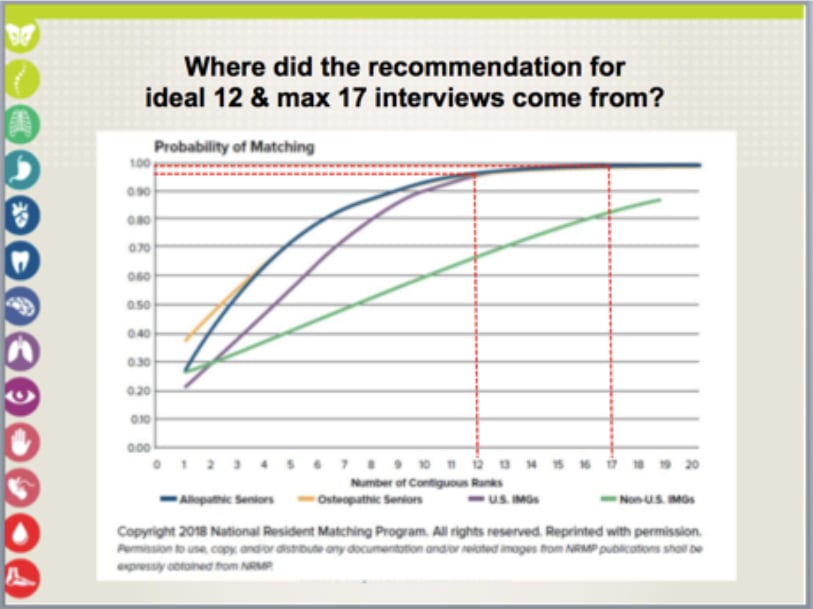COVID Era Medical Student Advising FAQs
Resources
- Consensus Statement on the 2020-2021 Residency Application Process for US Medical Students Planning Careers in Emergency Medicine in the Main Residency Match
- EMRA Hangouts - Gain the skills and knowledge needed to match in emergency medicine.
- EMRA Clerkship Match
- EMRA Student/Resident Mentorship Program
- SLOE Updates from the Council of Emergency Medicine Program Directors
- EMRA and CORD Student Advising Guide
ROTATIONS AND SLOES
More than one rotation?
Q: Before COVID, I secured more than one rotation. With the strong recommendation that EM-bound medical students have only one SLOE, what should I do?
A: If your rotation is within 30 days, go ahead and do that rotation (even if it’s at a program that is not high on your rank list). It’s too late to cancel. Then respectfully cancel your remaining rotations (even if it’s at a program that you are very interested in). You may be asked about why you completed 2 emergency medicine audition rotations in light of the consensus statement when many students are still struggling to find one, such as during an interview, so be prepared to justify that answer in a honest, humble, non-defensive way.
Post-ERAS Submission Rotation?
Q: I have an EM rotation later this year, after the ERAS submission. Will this affect my application negatively?
A: Because there will be a handful of students whose first EM rotation falls during that time, the consensus statement recommendations should be followed - regardless of the month. The only way that this situation is acceptable if (1) you need it to graduate and/or (2) it is a home rotation and would otherwise not be available to another student needing it for their one rotation/SLOE.
Non-EM Letters of Recommendation
Q: What should letters of recommendation from non-emergency medicine faculty say? I secured one before the oSLOE template was released.
A: In terms of your non-EM letters, narrative letters tend to be very generic. If yours are written by (1) someone that knows you well and/or (2) a non-clinical rotation, great! If not, you may consider asking the writers to fill out the non-EM SLOE <add link.> Because it’s mostly check boxes, the time to complete it should be pretty minimal. Most letter writers want to do what’s best for students so asking for this feels like an imposition but shouldn’t….we promise!
oSLOE
Q: Where can I find the oSloe (Other SLOE or Off-Service Rotation SLOE) template?
A: The Council of Emergency Medicine Program Directors (CORD) released this template. Check it out here.
Q: I did not score well on USMLE Step 1. How should I move forward?
A: Emergency medicine historically has weighted USMLE Step 2 greater than USMLE Step 1. So if your Step 1 scores are not ideal, study to improve your Step 2 scores to show that you have improved on your weaknesses. And then study using similar study skills to score well on USMLE Step 2. You may want to consider NOT taking USMLE Step 1 again.
SPECIAL POPULATIONS
Non-US IMG Medical Students
Q: How does the new application recommendations of one SLOE and 12 interviews affect non-US IMG Medical Students and their efforts to match in emergency medicine?
A: Non-US IMG Medical Students should have no more than one SLOE and can interview in up to 17 US programs.

Couples’ Match
Q: I’m going through a couples' match. How many SLOES should I secure?
A: The Consensus recommendation is clear - secure one and only one SLOE - even if couples matching.
Medical Students at Orphan Programs
Q: My medical school does not have an emergency medicine residency program. As an “orphan program,” what is the best way to secure a SLOE or non-EM letter of recommendation?
A: The multiple different types of SLOEs and their descriptions are on the CORD website here.





